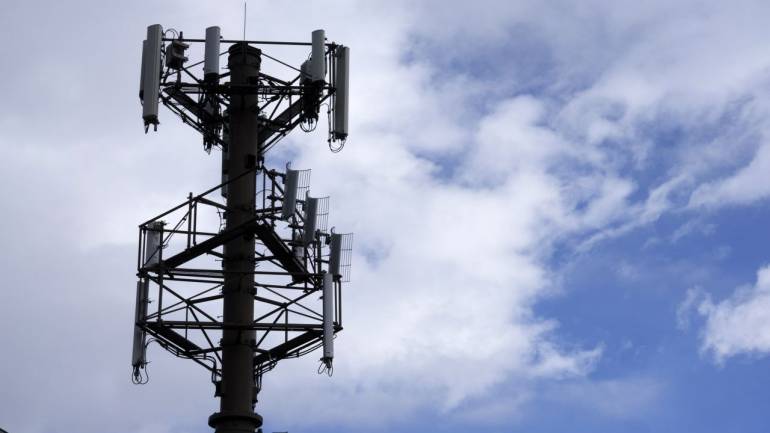
CRISIL believes the Indian telecom industry will reverse a two-year declining trend with a 7% revenue growth in fiscal 2020. The turnaround will ride on an increase in average revenue per user (ARPU) by 11%, though the overall
subscriber base is expected to shrink by 4%.
A protracted tariff war has pushed ARPU to a decadal low. This is despite the consolidation in the industry that has
reduced the number of major players to three, in line with global standards. In the past two years, the industry has
lost ~20% of potential revenue, tantamount to over Rs 40,000 crore.
CRISIL, however, believes telecom tariffs have bottomed out. This reflected stable pricing and the fact that the top
three telecom companies (telcos) now have almost equal revenue market share, price-led aggression could
impact all adversely. Additionally, higher data usage and introduction of minimum recharge plans led to growth in ARPU.
Hetal Gandhi, Director, CRISIL Research says, “Pricing aggression is expected to remain moderate and selective in fiscal 2020, given the new entrant has revenue market share leadership in more than 50% of the 22 circles. Price logs maintained by CRISIL Research indicate the prices of prepaid plans of leading telcos have over the past six quarters converged at ~Rs 4 per GB and have stabilised over the last two quarters.”
As for the subscriber base, the rural markets continue to add subscribers, given low tele-density. In the saturated
urban markets, however, consolidation of dual-SIM into single-SIM subscribers will reduce the subscriber base.
Indeed, after the launch of minimum recharge plans, telcos have been weeding out low-paying subscribers
aggressively.
Profitability of the telcos is expected to look up, with the earnings before interest, taxes, depreciation and amortisation (EBITDA) margins improving ~350 basis points on-year to 31% in fiscal 2020. The combined EBITDA of the top three players is expected to improve to Rs 56,200 crore from Rs 46,100 crore a year ago – a sharp jump of over 20%.
Capital expenditure (capex) has been high in the sector, and has accentuated as incumbents (Bharti Airtel and
Vodafone-Idea) increased capex to counter 4G threat from the new entrant (Reliance Jio) in the last two years.
However, network capex for the top three telcos is expected to moderate to Rs 84,000-90,000 crore in fiscal 2020,
compared with Rs 1 lakh crore in fiscal 2019.
The improvement in profitability and decline in capex, together with sizeable deleveraging plans, will support a
reduction in debt to Rs 3.1 lakh crore, by March 2020. In the three years through fiscal 2019, weak cash accruals
and high capex had pushed up the debt of the top three telcos to Rs 3.6 lakh crore from Rs 2.6 lakh crore.
All the same, deleveraging efforts and support from sponsors have been supporting credit quality. The top three
telcos raised almost Rs 1.5 lakh crore through equity infusion and asset sale in the three years through fiscal 2019
and are expected to raise a further Rs 75,000-80,000 crore in fiscal 2020.
Nitesh Jain, Director, CRISIL Ratings says, “Debt protection metrics are expected to improve, with the
interest coverage and debt-to-EBITDA ratios touching 2.5 times and 5.6 times by March 2020, compared with
an estimated 2 times and 7.7 times, respectively, as of March 2019. Despite the improvement, standalone
debt metrics will remain weak. Overall credit profile will continue to be supported by deleveraging plans and
sponsors’ support.”
Capex plans pertaining to 5G services and wired-broadband will be key monitorables in the near to medium term.



